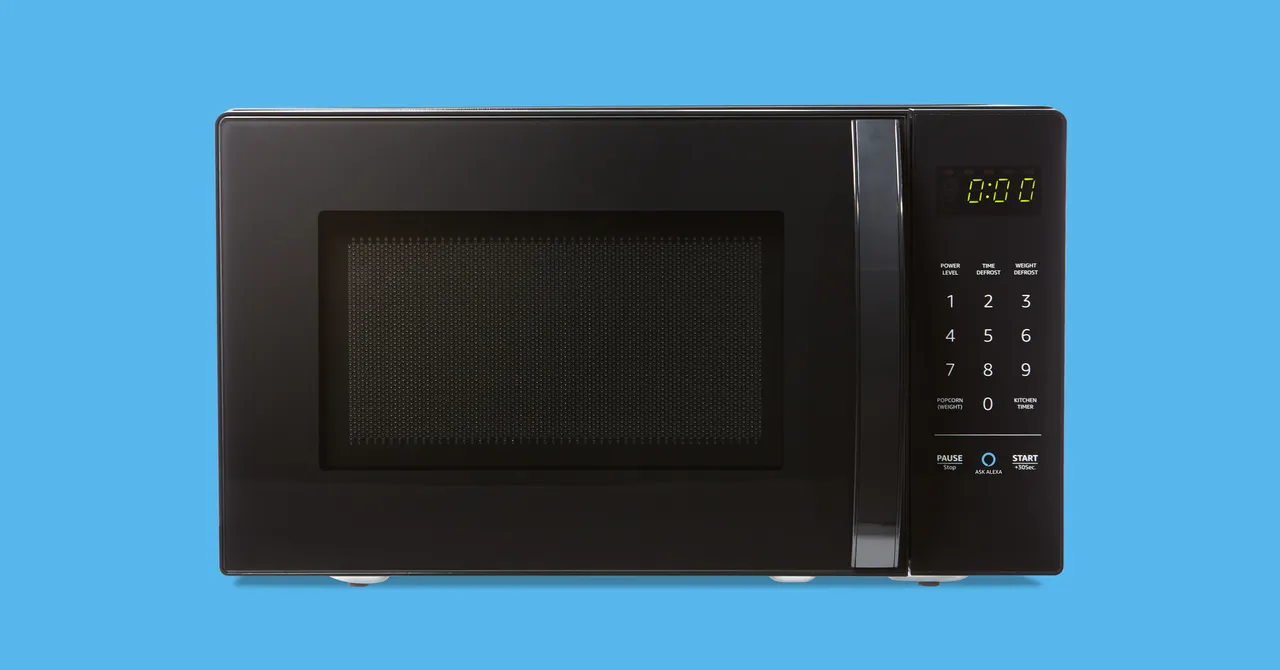Introduction:
As technology continues to advance at a rapid pace, it’s natural to wonder what innovations may replace traditional microwaves in the future. While it’s difficult to predict with certainty, there are several emerging technologies and trends that could potentially shape the landscape of kitchen appliances in 2024 and beyond. In this article, we will explore some of these possibilities and discuss potential alternatives to traditional microwaves. By understanding these trends, we can catch a glimpse of what the future of kitchen appliances may hold.
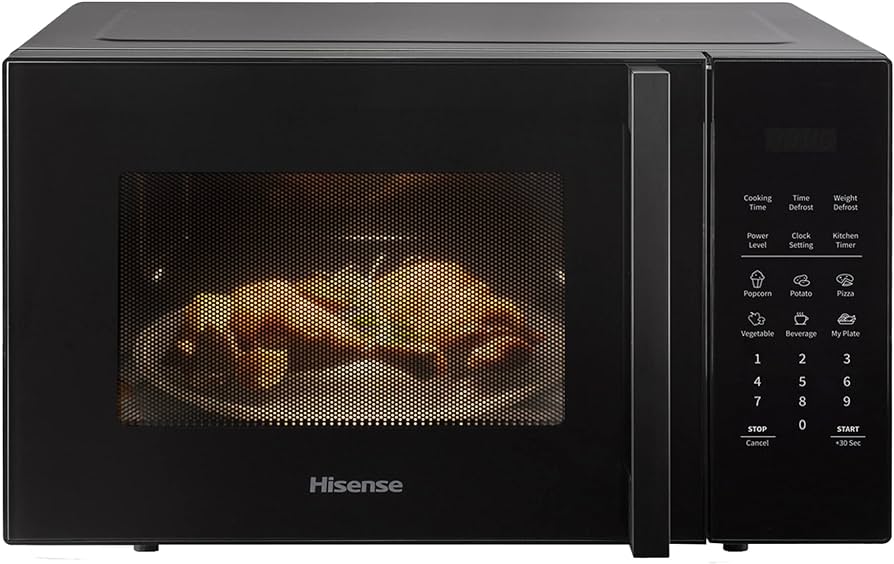
What will replace microwaves in 2024?
Induction Heating Technology:
One potential alternative to microwaves in 2024 could be the widespread adoption of induction heating technology for cooking. Induction heating uses electromagnetic fields to directly heat the cookware, as opposed to heating the air inside the appliance, as in traditional microwaves. This technology offers precise temperature control and rapid heating, making it an attractive option for cooking a wide variety of foods. Induction heating can be particularly effective for reheating leftovers or cooking meals quickly, potentially replacing the convenience and speed of microwaves.
Advanced Convection Ovens:
Convection ovens, which use fans to circulate hot air for even cooking, have been gaining popularity in recent years. In 2024, we may see the continued advancement of convection oven technology, making them more efficient and versatile. These advanced convection ovens could potentially offer faster cooking times, improved energy efficiency, and enhanced features such as smart connectivity and intuitive controls. With their ability to cook food evenly and provide a range of cooking functions, convection ovens could become a viable alternative to microwaves.
Steam-Infused Cooking:
Steam-infused cooking is another technology that could gain traction as a replacement for microwaves. This method uses steam to cook food quickly and evenly, while also retaining essential nutrients and flavors. Steam-infused cooking devices can offer multiple cooking modes, such as steam, bake, and grill, providing versatility in preparing a wide range of dishes. With their ability to cook food rapidly and maintain moisture, steam-infused cooking devices may become a preferred choice for those seeking healthier and more flavorful cooking options.
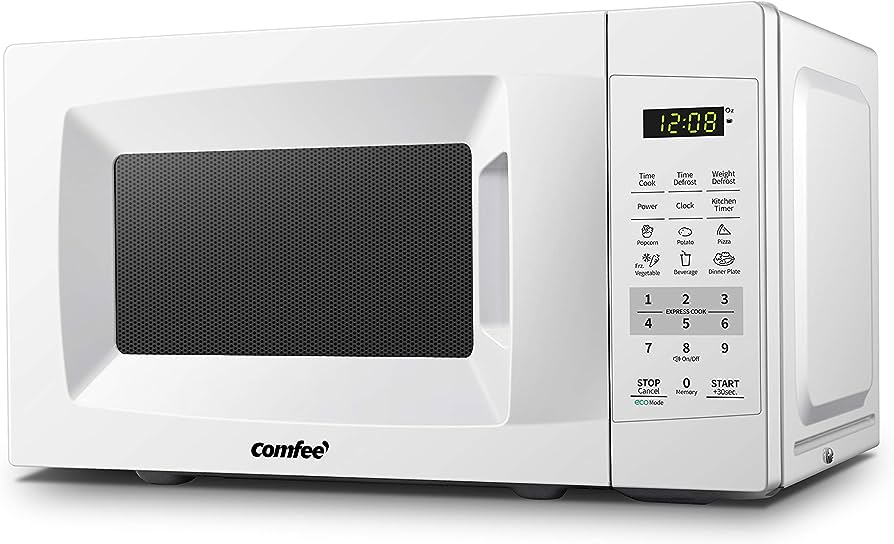
Smart Kitchen Appliances:
The rise of smart home technology and the Internet of Things (IoT) has already started to revolutionize kitchen appliances. In 2024, we can expect further integration of smart features into kitchen appliances, including microwave alternatives. Smart microwaves or other smart cooking devices could offer advanced connectivity, remote control, and integration with virtual assistants. These appliances may feature personalized cooking recommendations, recipe suggestions, and automated cooking programs based on individual preferences. With the ability to adjust cooking settings and monitor progress remotely, smart appliances could offer a new level of convenience and customization in the kitchen.
Food-Waste Reduction Devices:
In an era where sustainability and waste reduction are gaining more attention, we may see the emergence of appliances specifically designed to combat food waste. These devices could utilize innovative techniques, such as vacuum sealing or controlled atmosphere storage, to extend the shelf life of food. They may also incorporate features that help identify and repurpose leftover ingredients or meals, reducing the need for reheating. By addressing the issue of food waste directly, these appliances could potentially reduce the reliance on microwaves for reheating leftovers.
Rapid Cooking Technologies:
Another possibility in 2024 is the advancement of rapid cooking technologies that can offer quick and efficient cooking without the use of microwaves. These technologies might include advancements in infrared cooking, which uses radiant heat to cook food quickly and evenly. Additionally, advancements in electromagnetic induction or microwave-assisted cooking could provide alternatives that offer faster cooking times and precise control over the cooking process. Such innovations may provide viable options for those seeking convenience and speed in cooking without relying on traditional microwaves.
Multi-Functional Cooking Appliances:
Multi-functional cooking appliances, which combine the capabilities of several appliances into one, could also gain popularity as an alternative to microwaves. These appliances may include built-in features for baking, grilling, steaming, and reheating, providing a comprehensive solution for various cooking needs. By integrating multiple functionalities, these appliances can reduce the need for separate devices, including microwaves, in the kitchen. This could result in a more streamlined and efficient cooking experience.
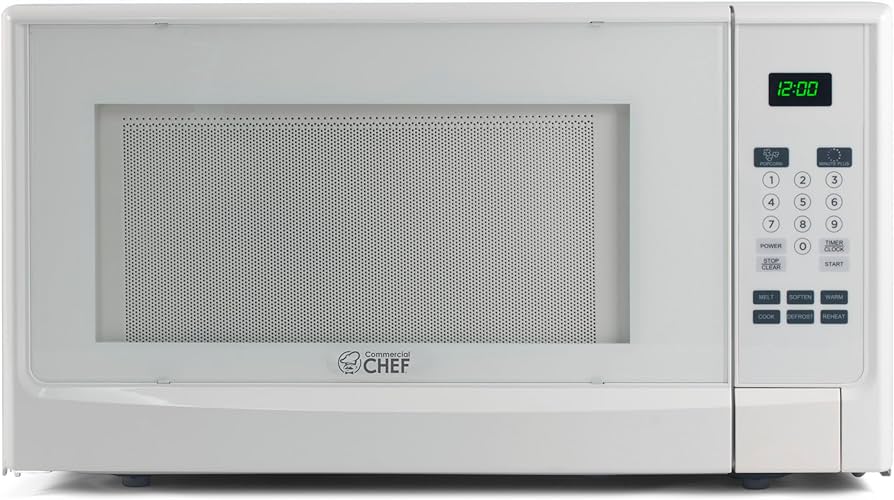
Advanced Food Packaging and Delivery:
Advancements in food packaging and delivery systems may also impact the need for microwaves in the future. Improved packaging techniques, such as self-heating containers or smart packaging that can regulate temperature, could offer convenient options for heating pre-packaged meals. Additionally, the rise of food delivery services and meal kits tailored for quick and easy preparation may reduce the reliance on traditional microwaves for cooking or reheating. These advancements may reshape the way we approach meal preparation and reduce the need for dedicated microwave appliances.
Energy-Efficient Cooking Appliances:
In an era where energy conservation and sustainability are increasingly important, we may see the emergence of energy-efficient cooking appliances as alternatives to microwaves. These appliances could incorporate advanced insulation, improved heating elements, and optimized cooking algorithms to minimize energy consumption without compromising cooking performance. By utilizing innovative technologies, such as heat recovery systems or intelligent power management, these appliances could offer efficient cooking solutions that rival the convenience of microwaves.
Air Fryers:
Air fryers have gained significant popularity in recent years as a healthier alternative to deep frying. These appliances use hot air circulation and a minimal amount of oil to cook food, resulting in crispy and flavorful dishes. In 2024, we may see further advancements in air fryer technology, such as increased cooking capacities, improved heating elements, and additional cooking functions. With their ability to cook a wide range of foods quickly and with less oil, air fryers could become a common choice for those seeking a healthier and more versatile cooking option.
Hydroponic Cooking:
Hydroponic cooking, which involves growing and cooking food in a controlled water-based environment, could also be a potential replacement for traditional microwaves in 2024. This innovative approach to cooking incorporates sustainable farming practices and allows for year-round production of fresh ingredients. Hydroponic cooking appliances could integrate growth chambers and cooking functionalities, enabling users to grow and cook their food in a single device. By offering a direct connection between food cultivation and cooking, hydroponic cooking appliances could revolutionize the way we prepare meals.
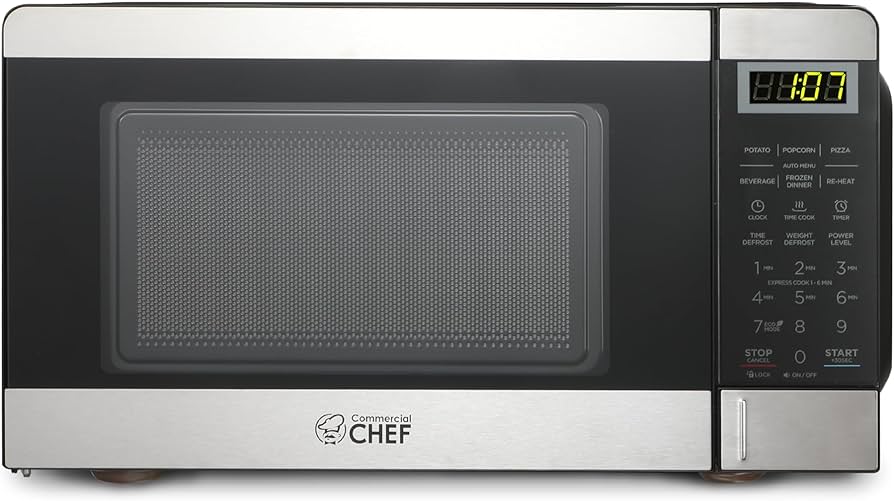
Personalized Cooking Robotics:
With advancements in robotics and artificial intelligence, personalized cooking robots may become a reality in 2024. These robots could be programmed with extensive recipe databases and cutting-edge cooking techniques, allowing them to prepare customized meals based on individual preferences and dietary needs. By leveraging machine learning algorithms, these robots could continuously improve their cooking skills and adapt to user preferences over time. While this technology may still be in its early stages, personalized cooking robotics could offer a futuristic alternative to microwaves, providing personalized, high-quality meals with minimal effort.
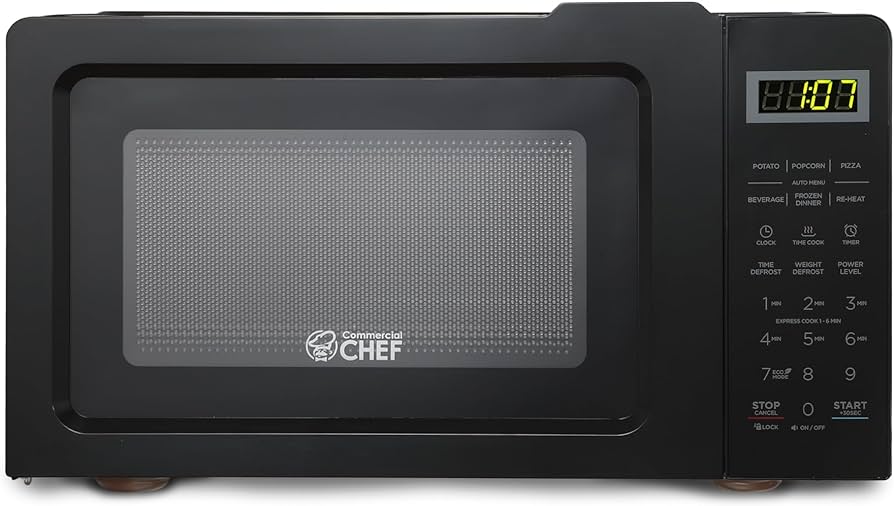
Conclusion:
While it is challenging to definitively predict what will replace microwaves in 2024, several emerging technologies and trends offer potential alternatives. These include induction heating technology, advanced convection ovens, steam-infused cooking, smart kitchen appliances, food-waste reduction devices, rapid cooking technologies, multi-functional cooking appliances, and advancements in food packaging and delivery systems. These innovations aim to provide faster, more efficient, and convenient cooking options without the reliance on traditional microwaves. By embracing these alternatives, consumers can look forward to a future where kitchen appliances offer enhanced functionality and versatility.

